Engaged, happy, and productive employees are the core of any successful business. However, it’s difficult for employees to bring their best to work in an environment that doesn’t accept, celebrate, or appreciate them. Boosting employee engagement starts with creating an inclusive, safe, and welcoming culture.
This pride month, we’re diving into how you can create a safe workplace for your LGBTQ+ employees. Are you still trying to figure out where to start? We’ve outlined four steps to create a safer space for your team. First, you’ll need to understand how the LGBTQ+ landscape has changed to know why this is essential.
How Has the LGBTQ+ Landscape Changed?
The LGBTQ+ community comprises over 20 million individuals, and roughly 21% of Gen Z adults identify as LGBTQ+ in the U.S. alone (source). Those numbers continue to grow, and the LGBTQ+ community is integral to our workforce!
Anyone who keeps up with legislation and the political landscape of our country knows that in recent years the LGBTQ+ community has been a prime target for politicians and legislation, with changes in cultural visibility, social acceptance, and legal status. However, all employers are required to comply with employment laws, protecting employees against employment discrimination based on sexual orientation or gender identity.
According to a 2021 study by UCLA, Over 45% of LGBTQ+ workers reported experiencing unfair treatment at work, including being fired, not hired, or harassed because of their sexual orientation or gender identity at some point in their lives. This discrimination and harassment is ongoing. Nearly one-third of LGBTQ+ respondents reported that they experienced discrimination or harassment within the past five years.
It is not enough to simply hire individuals who are LGBTQ+; employers have the responsibility to uphold their values and support their team beyond the hiring process. By having a comprehensive approach to inclusivity and diversity outside of written policies, your business will see countless benefits, from happier employees, and higher recruitment and retention, to increased productivity and profitability.
How Can I Support the LGBTQ+ Community In the Workplace?
There are numerous ways that you can support the LGBTQ+ community inside and outside of the workplace. Here are a few options to consider:
Update Policies
If you haven’t updated your policies recently, now is the time to review them. Be sure that all policies are gender-neutral. For example, policies requiring women to wear make-up or prohibiting men from wearing jewelry are outdated and can be discriminatory. You can look into other procedures such as parental leave, adoption, and pensions to ensure those are also LGBTQ+ inclusive.
You’ll also want to ensure that your organization’s non-discrimination policy includes sexual orientation, gender identity, and gender expression and display it prominently and proudly. This should be a part of your employee handbook and harassment training, which we will discuss more in-depth below. In addition, you can add a diversity, equity, and inclusion statement on your website and include it in other workplace literature.
Define Expectations
The most important part of updating policies is enforcing them. Employers should clearly communicate new and updated policies to ensure that their company is fully informed regarding their options and that cooperation with their policies is expected in the workplace.
Part of building an inclusive work environment is making all employees feel like they belong. Using appropriate pronouns and addressing discrimination are perfect ways to exercise that. By clearly defining behavior and expectations, you can foster a respectful workplace environment.
Establish Internal Allies
You want to have trusted allies that employees can turn to with any comments, questions, and concerns. Consider featuring internal stories in your company newsletter or email communication channels to demonstrate your support and validate your team members.
Recognize and celebrate team members who openly support and embrace individuals from the LGBTQ+ community, as they can serve as allies for other team members who may be facing challenges. Having someone to turn to regarding LGTBQ+ policies in the workplace is essential.
Harassment Training
To be proactive about implementing safety policies in your workplace, offer employee harassment training for all team members. In recent years, several states, including California, New York, Connecticut, Delaware, Illinois, and Maine, have mandated sexual harassment training laws and require employers to provide sexual harassment prevention training to employees.
You can expand your employee training to include LGBTQ+ workplace training as part of your diversity, equality, and inclusion initiative. This can be a powerful way to educate everyone about LGBTQ+ issues. Training helps ensure your policies are heard and understood across the organization. Plus, having a training management system lets you keep track of your progress.
During harassment training, common topics can be covered, including LGBTQ+ terminology, inclusive conduct, gender-neutral language, how to report harassment, and understanding implicit bias. Comprehensive training should be available to both new hires and as a part of continuing education to constantly adapt to changing landscape and employee demands.
You can learn more about facilitating training through Merritt Business Solutions here.
Network with and outsource to LGBTQ-owned businesses
Showing your support for the LGBTQ+ community goes beyond the walls of your business. By diversifying your supply chain, attending LGBTQ+ networking events, and donating to local nonprofits, you can set an example of a company that cares about diversity, equity, inclusion, and human rights.
There are numerous LGBTQ-owned businesses, and organizations like your local Pride Chamber of Commerce can help you connect with them. In addition, you can use directories to locate businesses to outsource to. Connecting with communities and being an ally shows your company’s values.
How to address employees with conflicting beliefs
In an effort to create safe and inclusive spaces for LGBTQ+ employees, you do not want other employees to feel you are not respecting their values and beliefs. Below are a few tips to consider while having conversations surrounding this topic.
There are specific workplace standards that all employees are expected to follow, but it is also essential to let employees know that no one is asking them to change their personal values or beliefs. You are simply asking all employees to be courteous and respectful to each other.
Some information people have about LGBTQ+ individuals comes from the media, which can be misrepresented using extreme stereotypes. And discomfort may be related to these false ideas. Allow people to share their concerns, as some of these myths may come out in conversation, and then they can be professionally addressed.
Creating an environment where your team members feel comfortable being open and authentic is essential for fostering a sense of freedom of expression. This holds especially true for LGBTQ+ team members, who deserve the same level of appreciation and respect as any other individual within your business or team.
Lastly, remember to be kind. How companies and coworkers treat employees can significantly impact their lives outside of work.
Tailored training programs and solutions
Adapting to the changing landscape of the LGBTQ+ community is an integral part of positioning your business for success in hiring, retention, and financial growth. Contact our team of experts to help you develop tailored training programs for your team and offer the best HR practices to become an inclusive workplace.









